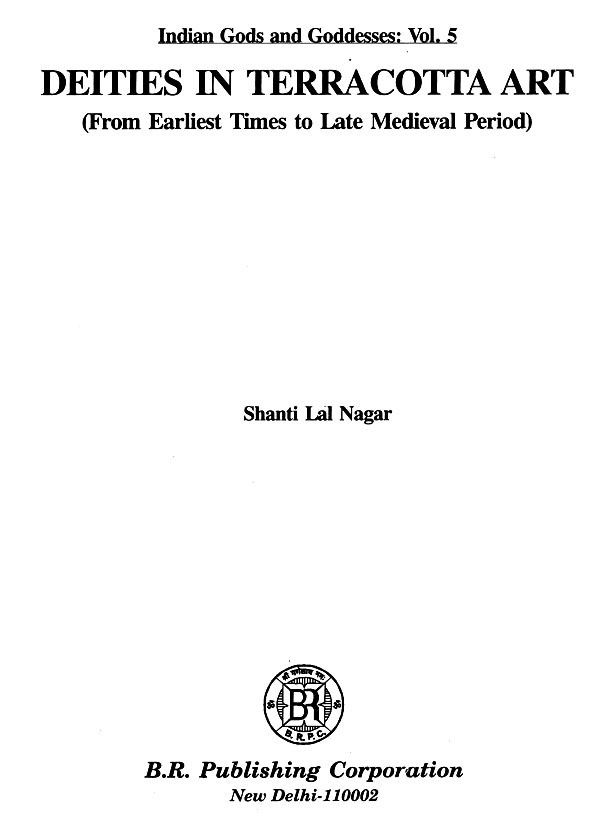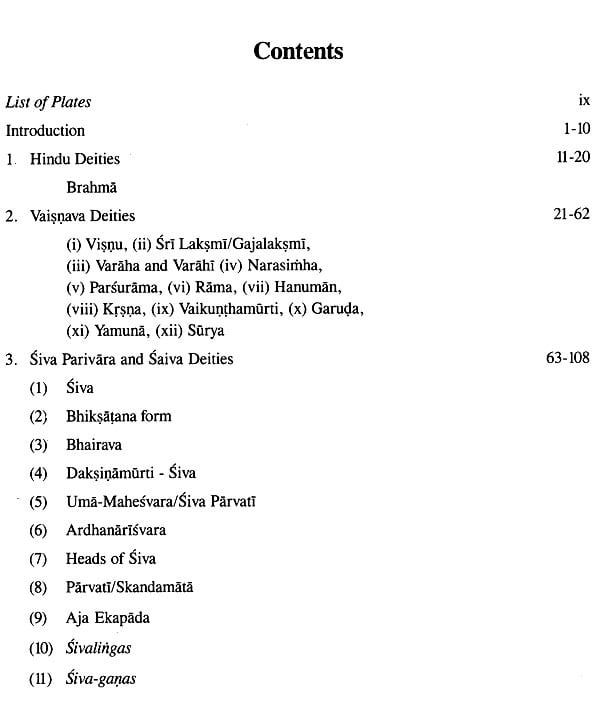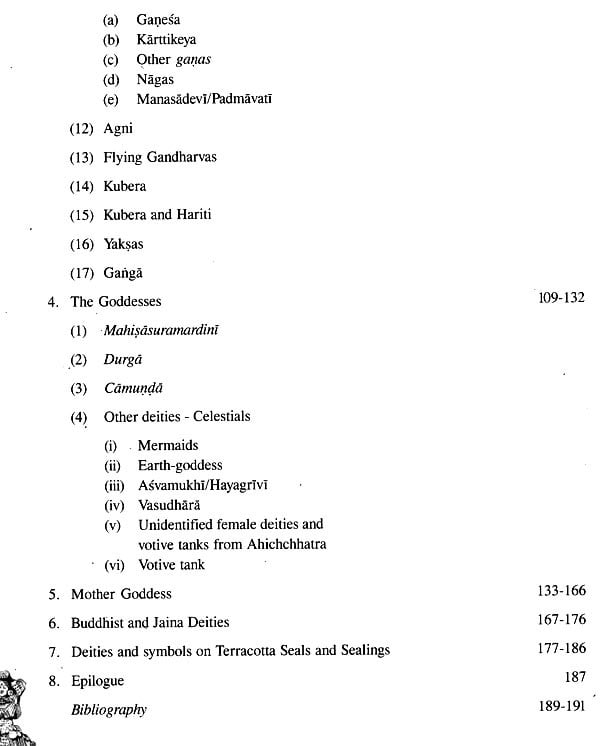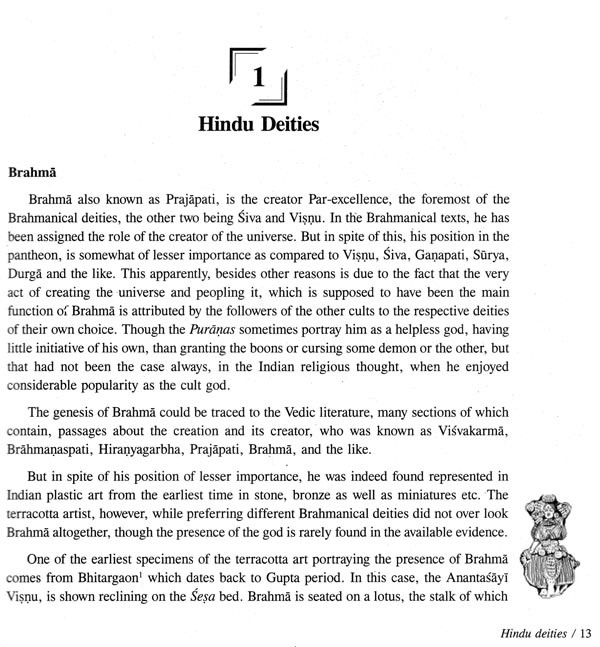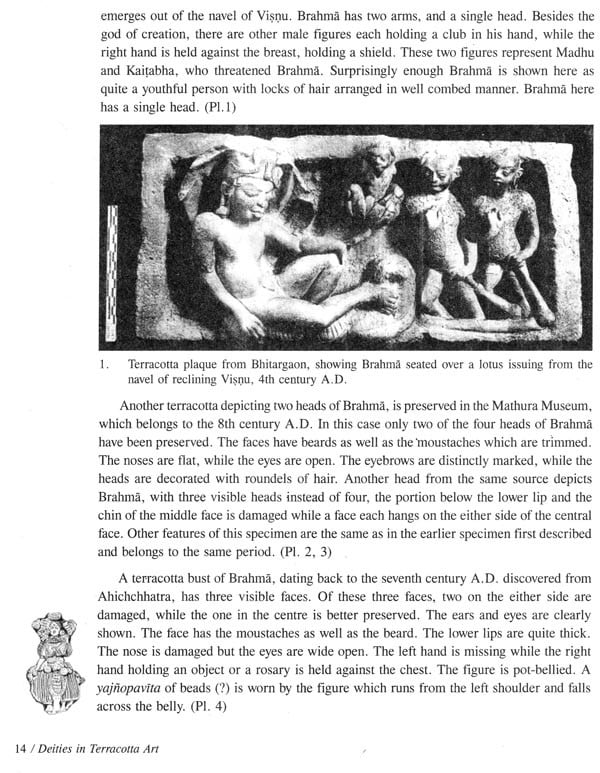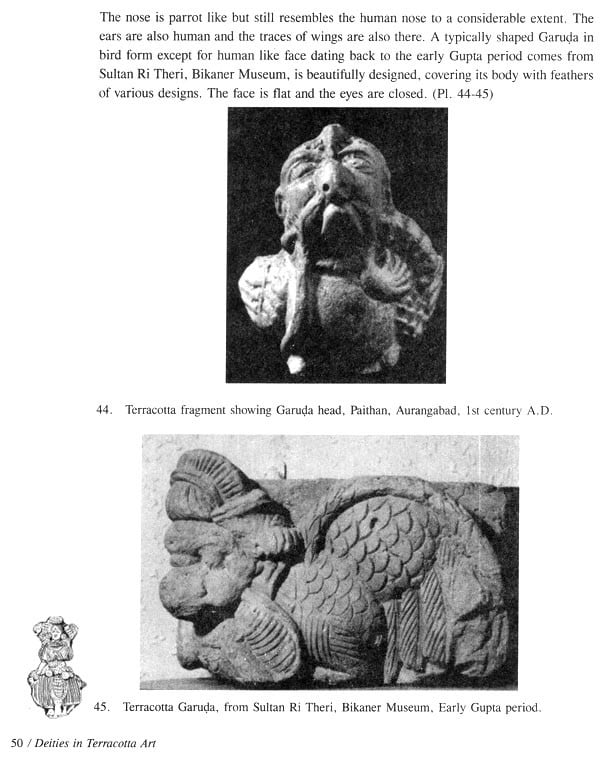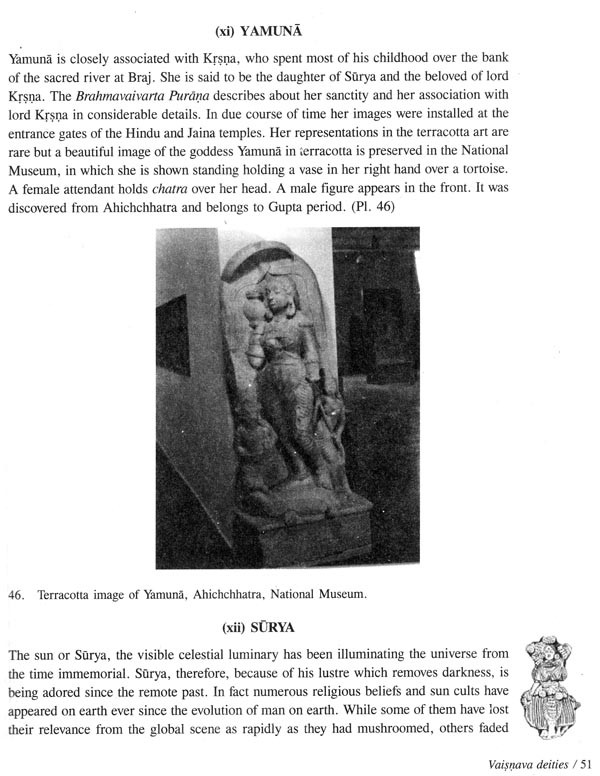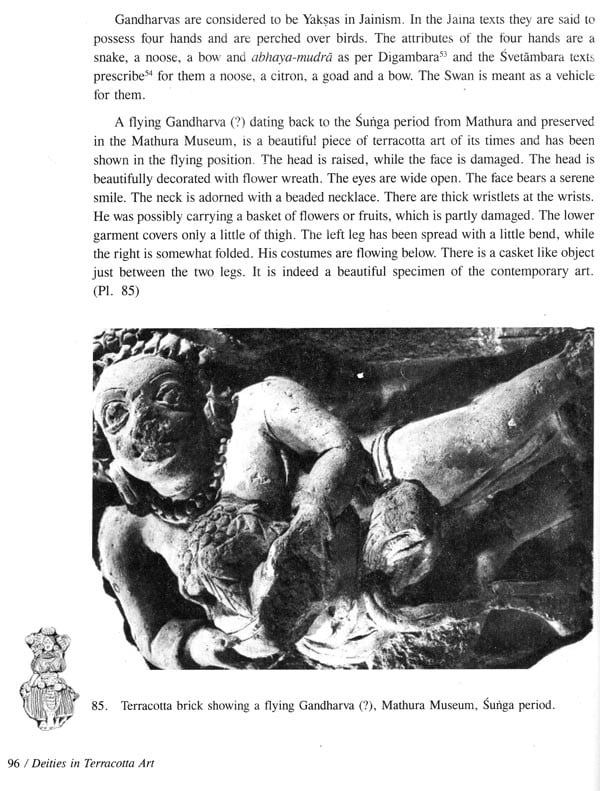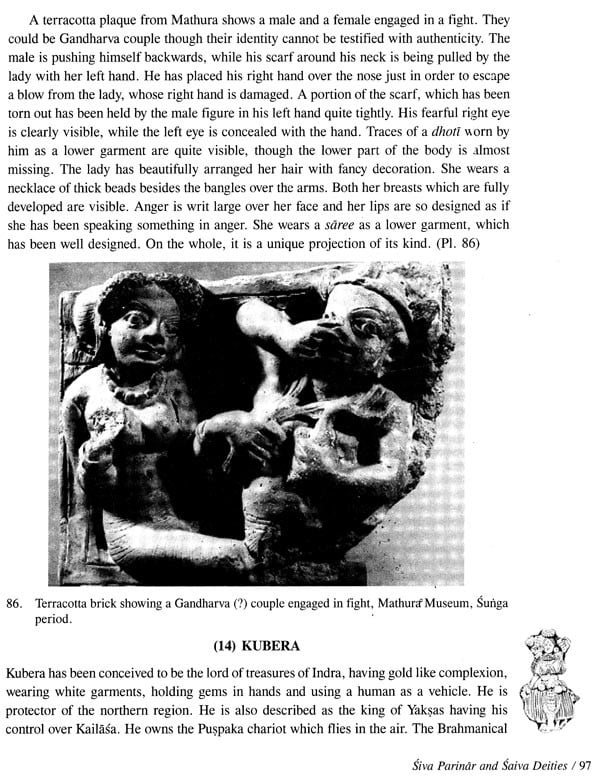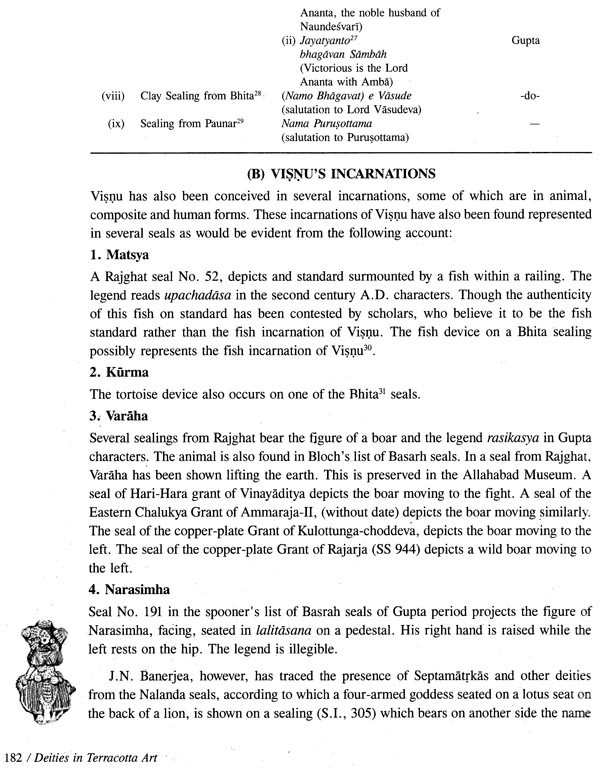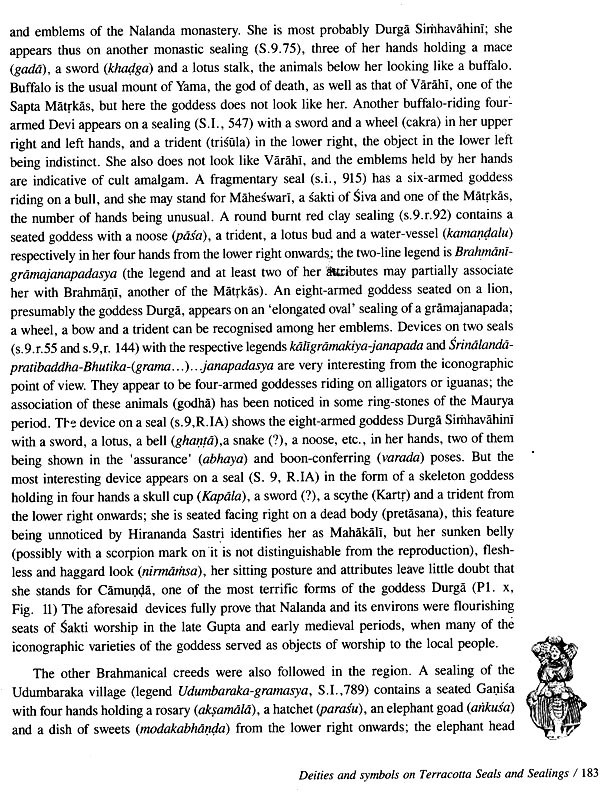About the Book Terracotta Art has attracted the mankind from the time immemorial. Be it the household or child's play cart it dominated the, human society impressively. A school of thought treated it to be the poor man's art but it was patronised in fact by the higher strata of society as well. While with the poor it was like the lifeline who used it for cooking and other domestic purposes besides making the toys for their children and more often than not as the deities for adoration, the most popular among them being the Mother Goddess. Such figurines have been found in abundance in the pre-historic sites of Harappa and Mohenjodaro and they continued during the historical period as well. Gradually the number of deities in Terracotta Art went on increasing and the sites like Bhumra, Ahichchhatra, Rajghat, Mathura etc. of the historical period produced a large number of deities.
Interestingly the types of such deities in the earlier period was restricted to only a few deities like Siva. Mother Goddess, the sun or some composite forms but reaching the historical period their number was multiplied. Even those figures of the historical period which included the goddesses like Mahişăsuramardini, Sarasvati, Durga and others started attracting the provisions of the Silp-Sastras in making of the terracotta figurines.
Though there had been a number of books on Terracotta Art in India but a work exclusively dealing with the Indian deities represented in Terracotta Art are not quite common. In the present book an effort has been made to project the deities so commonly found from the earliest times in the Indian Terracotta Art, and it is hoped that the readers will find it interesting.
About the Authors Shantilal Nagar, a graduate of the Punjab University, served in the curatorial capacity in the Central Asian Antiquities Museum, New Delhi, the Archaeological Museum, Nalanda, and Archaeological Section of the Indian Museum, Calcutta for a number rof years. He has his credit the scientific documentation of over fifty thousand antiquities, in these museums, representing the rich cultural heritage of the country and comprising of sculptures, bronzes, terracottas, beads, seals and sealing. ancient Indian numismatics, wood work, miniatures and paintings, textiles and Pearce collection of gems, ranging from the earliest times to the late medieval period. He was awarded in 1987, a fellowship, for his monograph on the Temples of Himachal Pradesh, by the Indian Council of Historical Research, New Delhi. He has authored more than fifty books.
Introduction Tby the indigenous artisans in Goomations of the teracotta bricks, pottery, the toy baked clay when heated in fire turns into terracotta which could be made use of figures as well as the terracotta figurines for the purpose of worship as well. The stuff used in the making of the terracotta is the mud or the clay and is easily available with negligible cost or even no cost at all. Taking these facts into consideration the terracotta art has been treated to be the art of a poor man because the cost involved and the material used in the making of the same is of simple type.
**Contents and Sample Pages**
